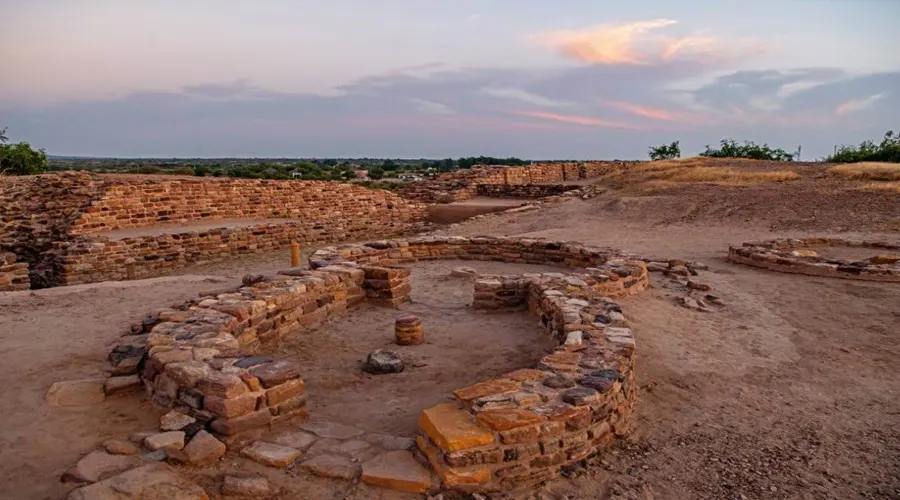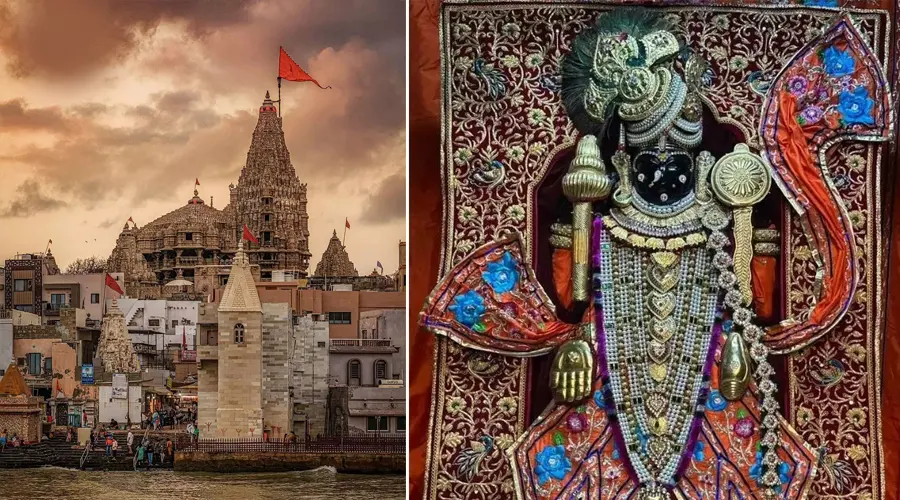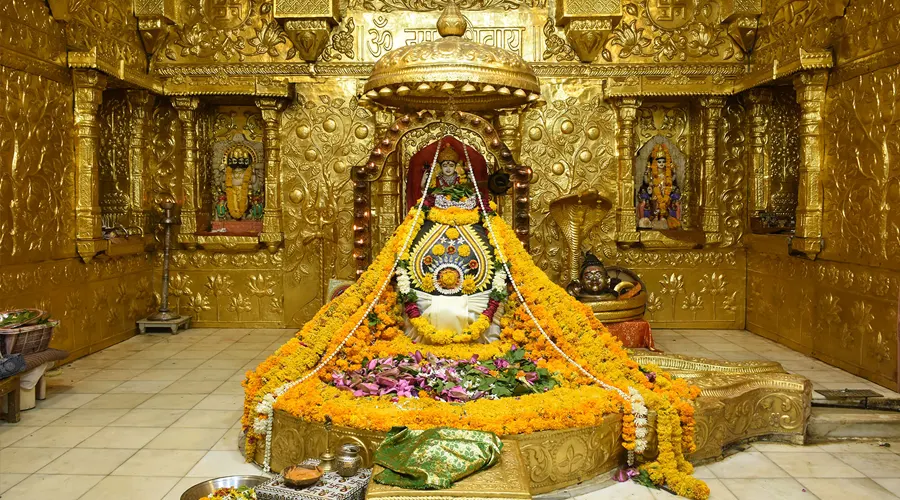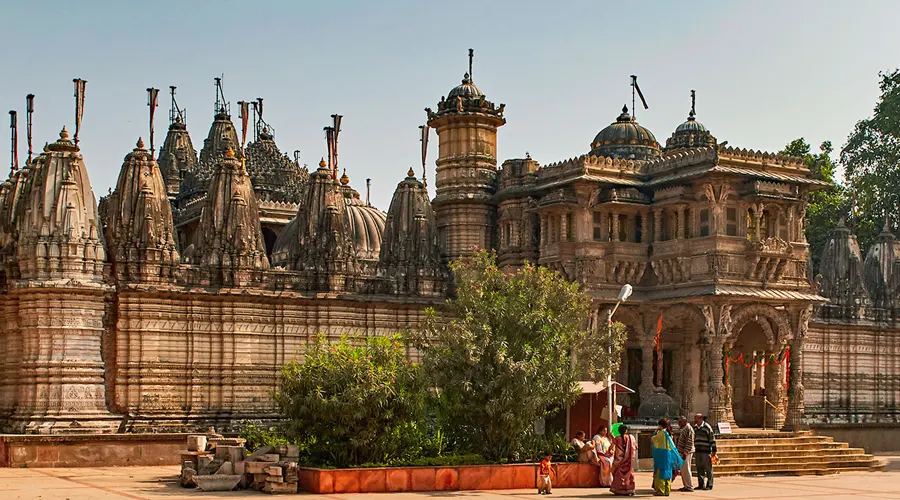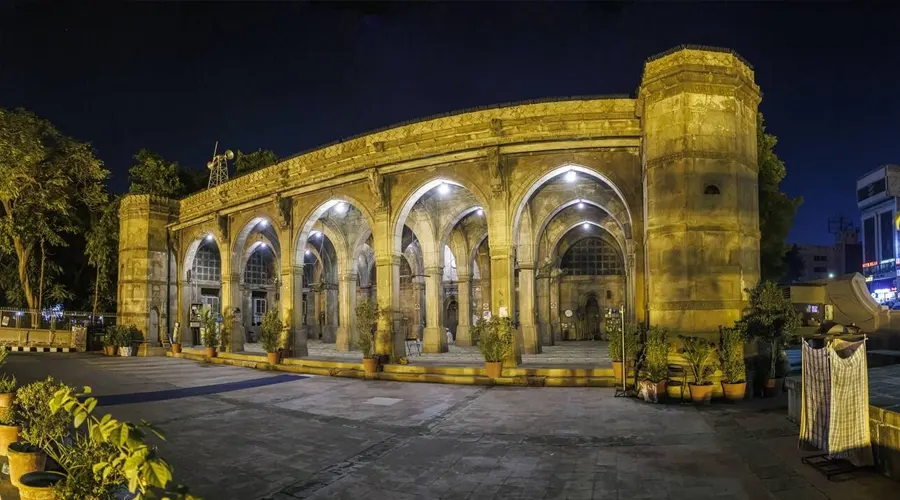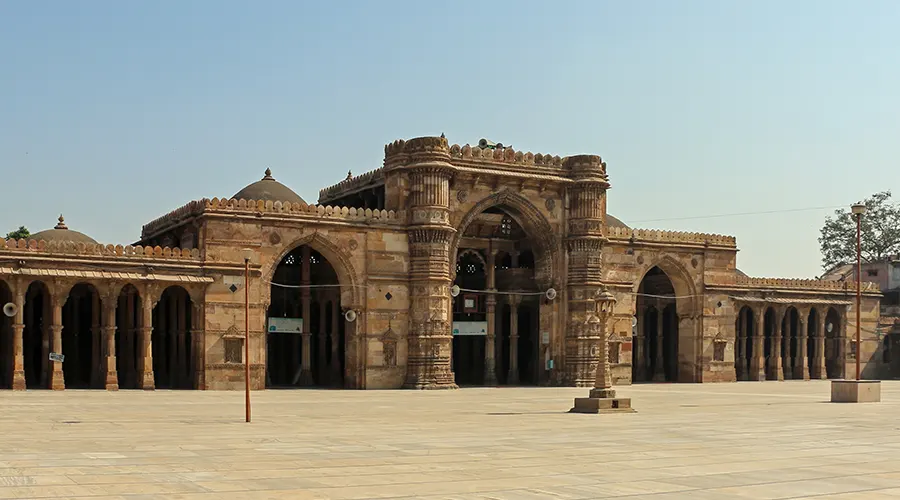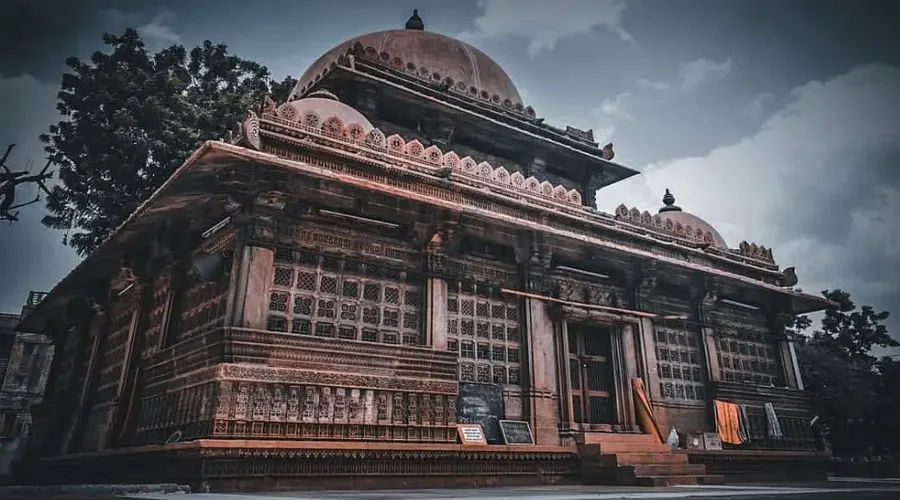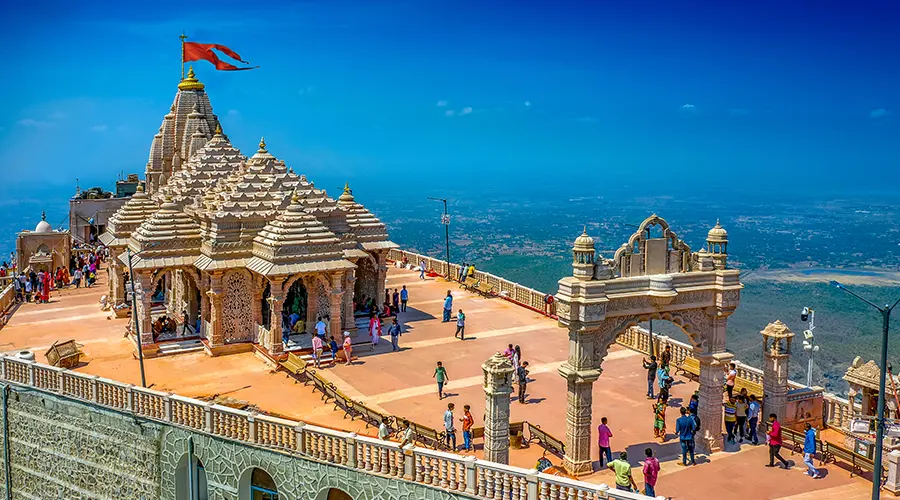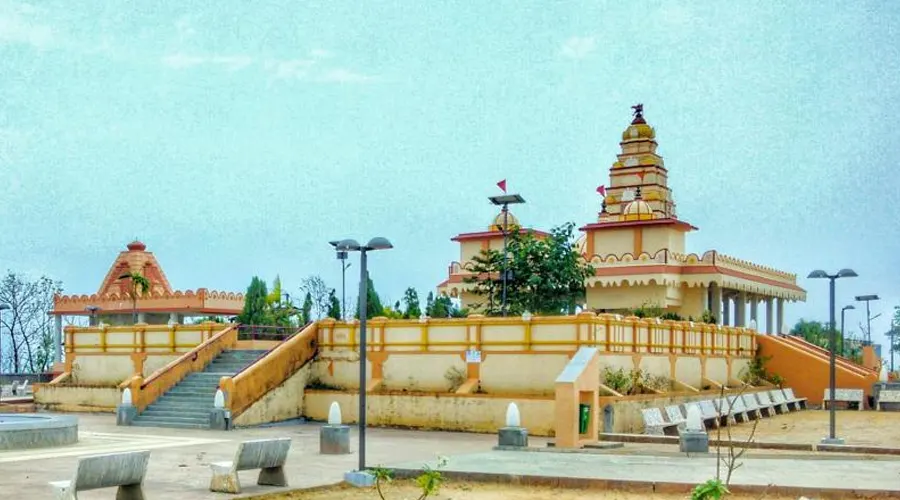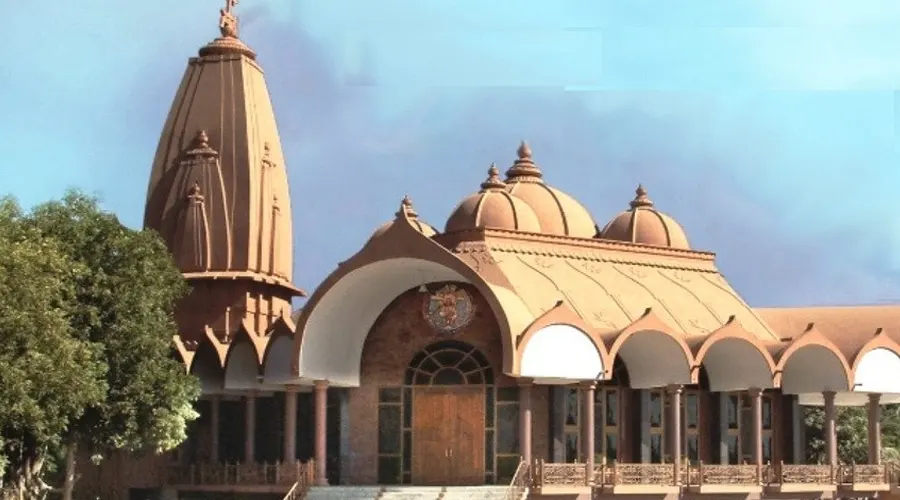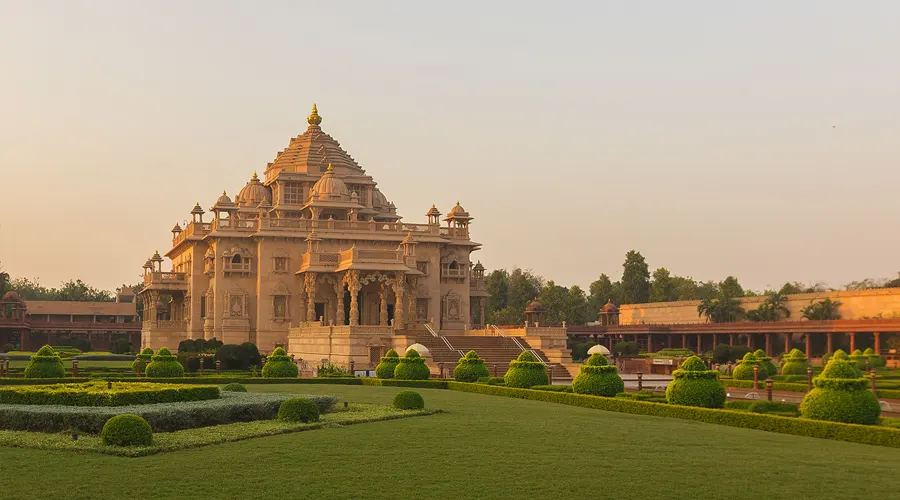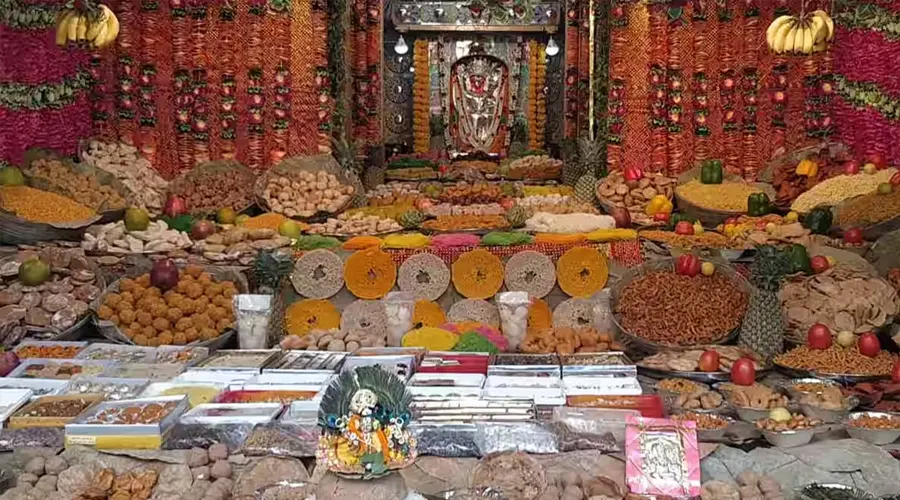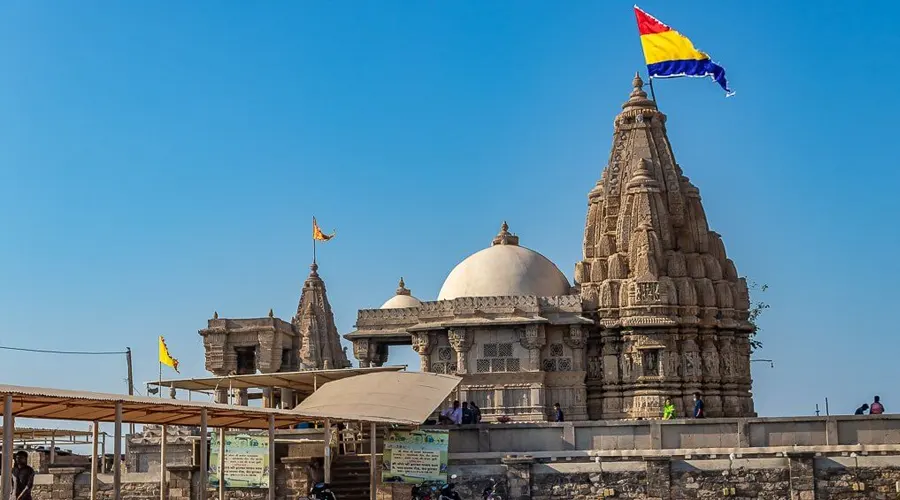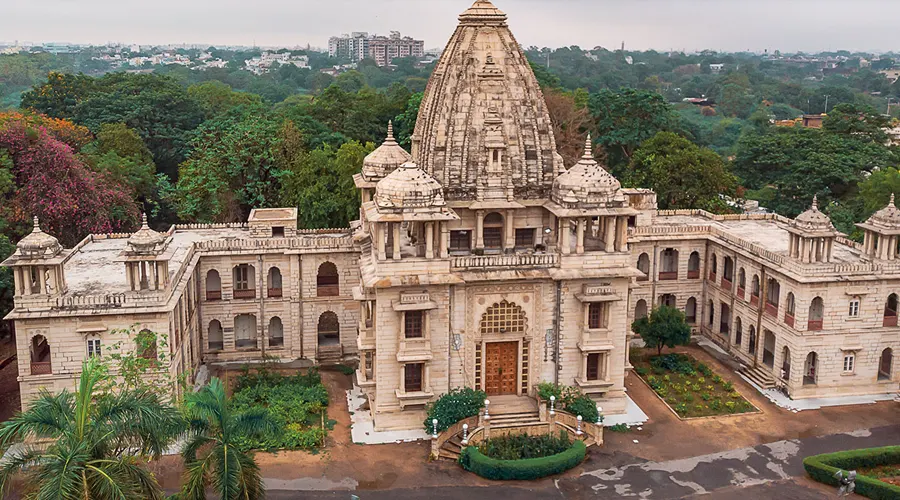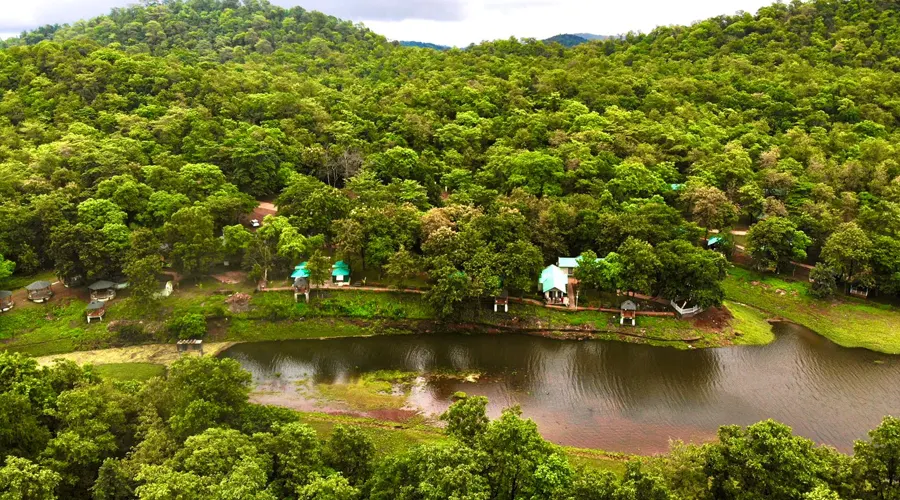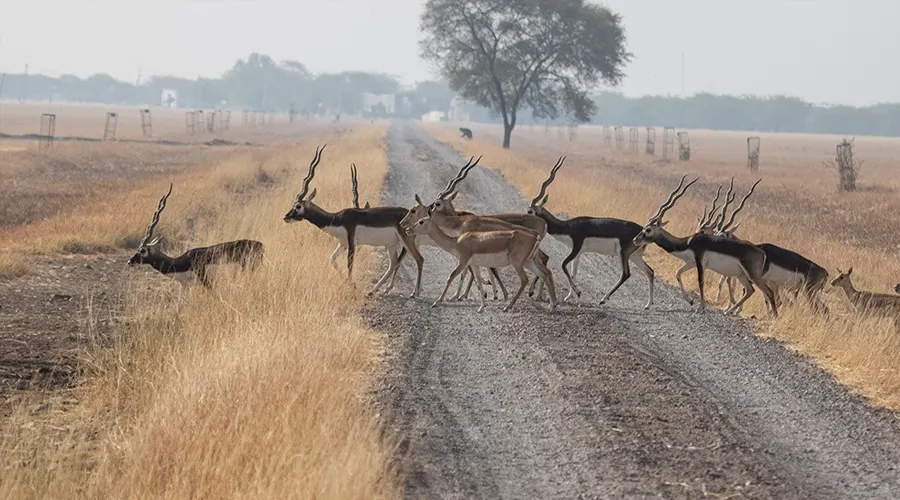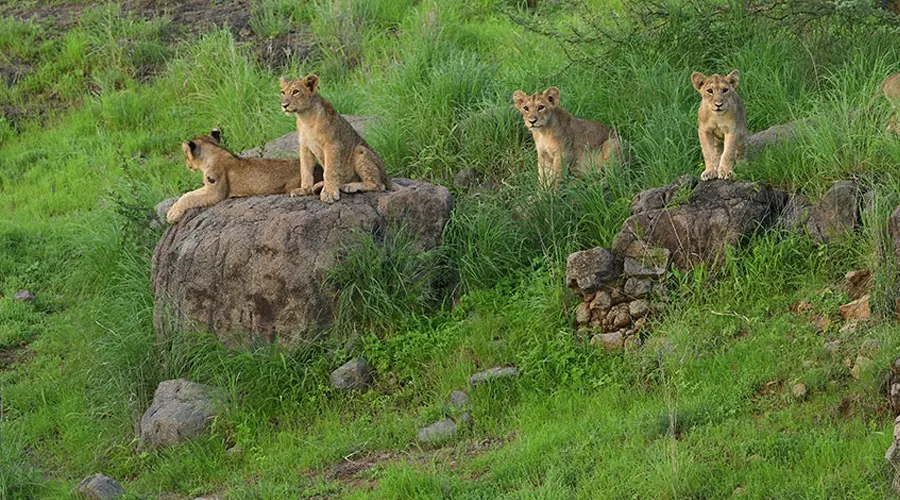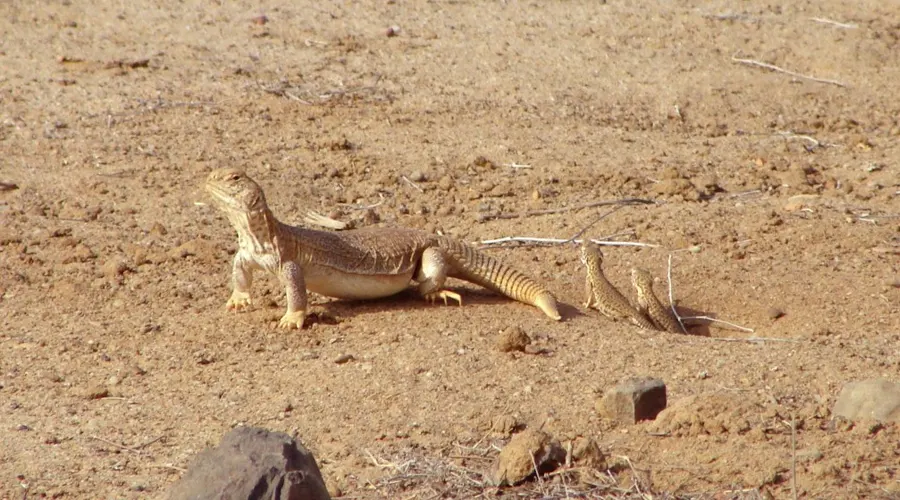Dholavira
UNESCO has included Dholavira of Kutch in the list of World Heritage Sites in 2021, allowing Gujarat to shine once again on the World Heritage Map. With the inclusion of Dholavira in the World Heritage Site, Gujarat has also got the pride of being a state with four World Heritage Sites.
About Dholavira
At the height of our civilization, our technological development, our social and material complexity, all signs point to progress, we often think. And yet, all is not as it seems and once in a while, it occurs to us to look into the past to discover our future.
Dholavira is the larger of the two most remarkable excavations of the Indus Valley Civilization or Harappan culture, dating back to 4500 years ago. While the other site, Lothal, is more exhaustively educated and easier to reach, a visit to Lothal only complements, rather than replaces, a visit to Dholavira. What this site offers you, in the intense environment that comes with being surrounded by the Great Rann of Kutch, is a unique insight into the pioneering Harappan mind, with one of the world’s earliest and best-planned water conservation systems and what might be the world’s first signboards, written in ancient Indus script.
The excavation also tells the story of the 7 stages of civilization, from development to maturity to decay, the last of which hints at a strange piece of history, with more questions than answers. After the peak of the civilization, Dholavira was temporarily abandoned, after which it seems that the settlers returned with a markedly de-urbanized culture. There are hints that they willingly chose to simplify their lives, rather than try to ride the collapse of their once glorified civilization. Here, on the ruins, you will have a chance to contemplate what progress and civilization mean and what, if anything, is truly permanent.
History of Dholavira Excavations
Harappan ruins have existed at the Dholavira site since 3000 BCE. Since this hillock was mostly uninhabited and mainly used for animal grazing or farming, it took some time to discover the ruins.
During one of the tilling sessions in 1968, pottery remains were uncovered. Archaeologist Jagat Pati Joshi, who was working at a nearby site, was informed. This led to a detailed inspection and after radiocarbon dating, it was found that the remains belonged to the Harappan civilization.
Still, it took some more years of tests and carbon dating for Dholavira to become famous among the archaeologists. Since the nearest village to the site was Dholavira, it became the Dholavira Harappan Site.
ASI began systematic excavations in 1990 which continued till 2005. Several broken and worn-out artifacts were found such as beads, terracotta pottery, gold ornaments, animal figurines, copper tools, urns, and more.
The excavation shows the 7 stages of Harappan civilization. One can learn about this IVC metropolis from development to its peak to decline.
In the excavations, 10 large stone inscriptions were found near the Ceremonial Ground. They have been assumed to be letters of Harappan script indicating it is a signboard but hasn’t been deciphered yet.
Highlights of Dholavira Site
The remains of Dholavira indicate a citadel in the center, a middle town, and a lower town. Both the towns have been fortified separately using sun-dried brick and stone masonry that lends it a smooth feel.
The lanes have been systematically designed to lead out of the citadel with an underground sewage system for good sanitation. You will also find the remains of a large stadium featuring a complex structure and seating arrangement.
The houses of the Harappans found here were round in shape, designed to minimize the damage caused by an earthquake. The excavation has currently only uncovered the top layer, four more layers are still hidden beneath the surface.
Dholavira is famous for its world-class water conservatory systems. The northern Mansar and the southern Manhar were the two main canals in the city. The excavation unearthed 16 unwithered reservoirs and a five-thousand-year-old tank.
The city also had an excellent sewage line which was six feet high. As said before, Dholavira is famous for being the world’s earliest water conservation system and is the earliest one to ever be excavated.
Their amazingly built reservoirs, check dams, small baths, and sewage systems are proof of their well-managed conservation of water. It would have been difficult to live in the desert without these innovations.
Here are a few prominent features of the Dholavira excavation site that you will notice on your guided tour:
Castle and Bailey – Both these structures together form the citadel. Beyond the citadel, you will see the Middle Town, the Lower Town with several residential blocks, the wall, and finally the cemetery. This site is rectangular and covers an area of 54 acres.
Ceremonial Ground – This is the stadium in Middle Town which has been partially excavated till now. One can notice the stadium with a seating arrangement and a complex structure. It is believed that this arena was used for sports and games conducted on a large scale.
Check Dams – As said earlier, Manhar and Mansar were the two main canals in the city. There were several check dams built across these streams to divert water into the 16 reservoirs.
East Reservoir – Out of the 16 reservoirs, the east reservoir is the largest and the best-furnished one. You will notice 30 steps at the three corners of the reservoir.
Excavations found shreds of evidence of rituals being performed here. There were several broken figurines, unicorn figurines, and more found here. Archaeologists believe that this was an important reservoir for the Harappans.

